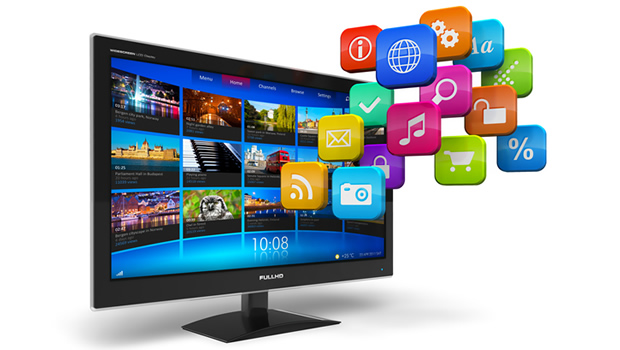In my last post (Semantic Web Cometh), I mentioned how the underlying principles of the Semantic Web should make it highly inclusive and provide a uniform descriptive language across all sorts of media and technologies and consequently let users spend more time immersed meaningfully in the learning process.
While this immersion is promising, it’s not real ‘learning’. Learning happens on various levels and in different ways. Each of us has a unique learning network that we’ve created over time and connects us with varied interests. In the current scheme of the web, we spend inordinately long amounts of time finding information to use and little time using and interacting with it. We read blogs, search, listen to pod-casts, and socially interact with groups of like-minded users in attempt to find something worth using.
Several services now attempt to streamline our varied activities by providing a single window to serve our information needs. An example of such a service is iGoogle or Google Reader, which lets you select various information services; however, one is still left with the task of having to wade through dozens if not hundreds or thousands of items in an average day. It’s quite evident this is a inefficient way of sorting and evaluating information, and ultimately depends on the human. Humans as we know, lose interest, become de-motivated and are susceptible to a variety of factors that prevent them from objectively evaluating information they come across.
While individuals currently build a knowledge network using services like iGoogle or feed-manager, the semantic web will mark a drastic change – moving from services to subjects and content types. Personal learning agent software will trawl through all semantically available content on the networks identifying content and creating a content synthesis just for the personal learning need at that time. Similar to what I mentioned in my previous post, a report would include all possible networked sources of information. We’ll spend less time looking for information and more time actually engaging with, learning from and ultimately extend it to the workplace or life in general. It is the semantic web that will finally make the web an effective information repository, easily configured for learning.
As bits and pieces of Web 3.0 technology starts to figure in our lives, should we consider that the migration from 1.0 to 2.0 and subsequently to version 3.0 of the web as inevitable? I’d definitely say ‘yes’. The web like other communication tools help us be what we are – ‘human’ beings, it helps us be social. Any tool that has the potential to help humans connect and share will become an inevitable part of our communication arsenal. Look at email, instant messaging or blogging; just twenty years ago it was difficult to imagine what a significant impact they’d have on human communication. Eventually we’ll take the semantic web for granted like we do email and blogs today. Our thirst for knowledge and the constant need to engage with the world around us will see to it.
I’ve heard mention of how the Semantic web is unique in that for the first time human society can see a major paradigm shift in technology well before its arrival. Most technological revolutions have caught human society off guard, leading us to react to technological development and not take a proactive role in its development. We can now speculate on how workplace learning might be based on such technology, perhaps actually influencing the form it will assume in the future. As for instructional technology, Web 3.0 appears to hold limitless potential; and it needs thorough investigation from that aspect, starting now.
I’m on a totally disconnected holiday for 2 weeks and will only return to blogging around the 24th October. Cheers – Abhijit
Appended: 9 October 2009, 12:40 IST
This is another way to digest all of the verbiage above:



















